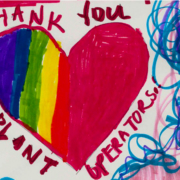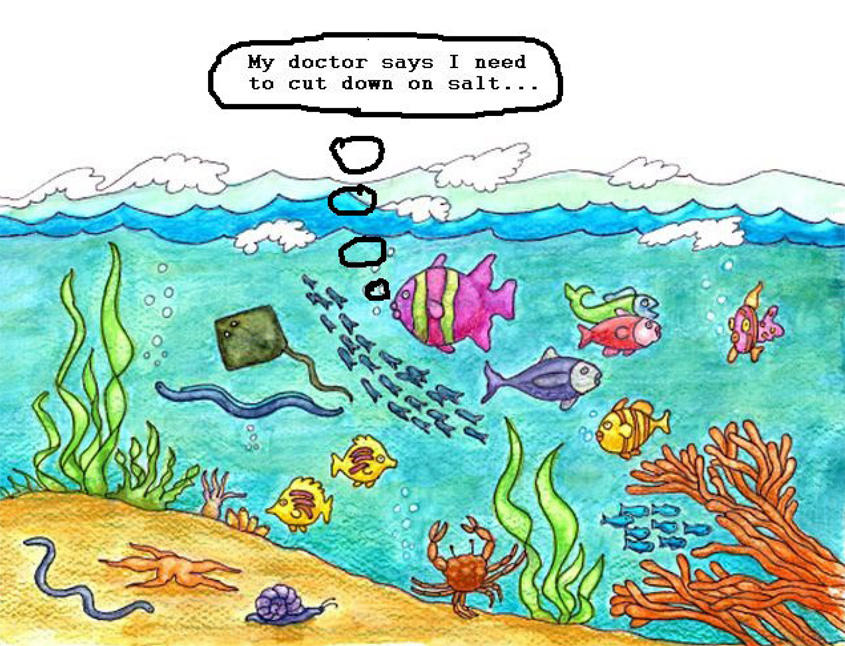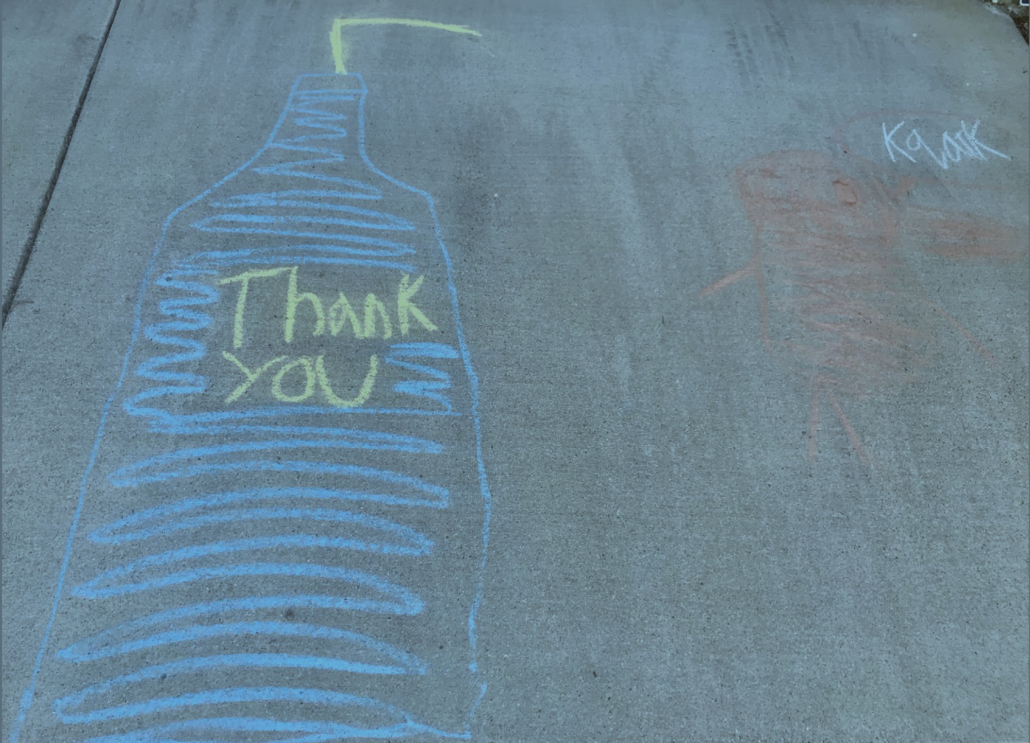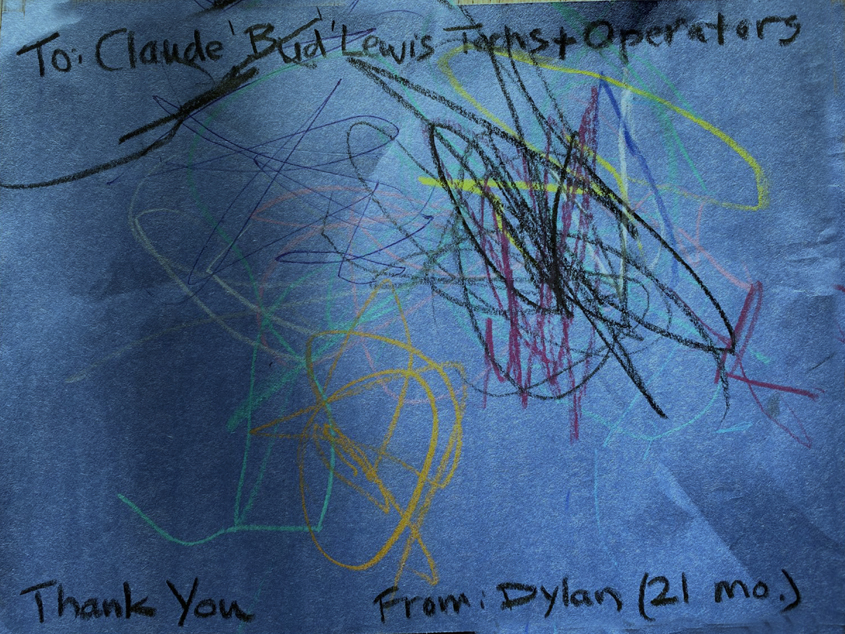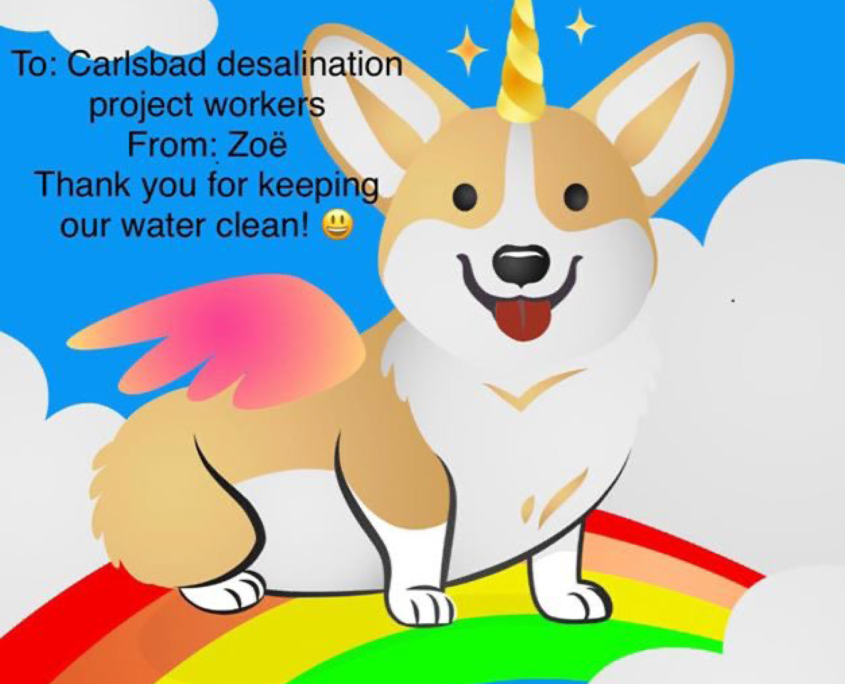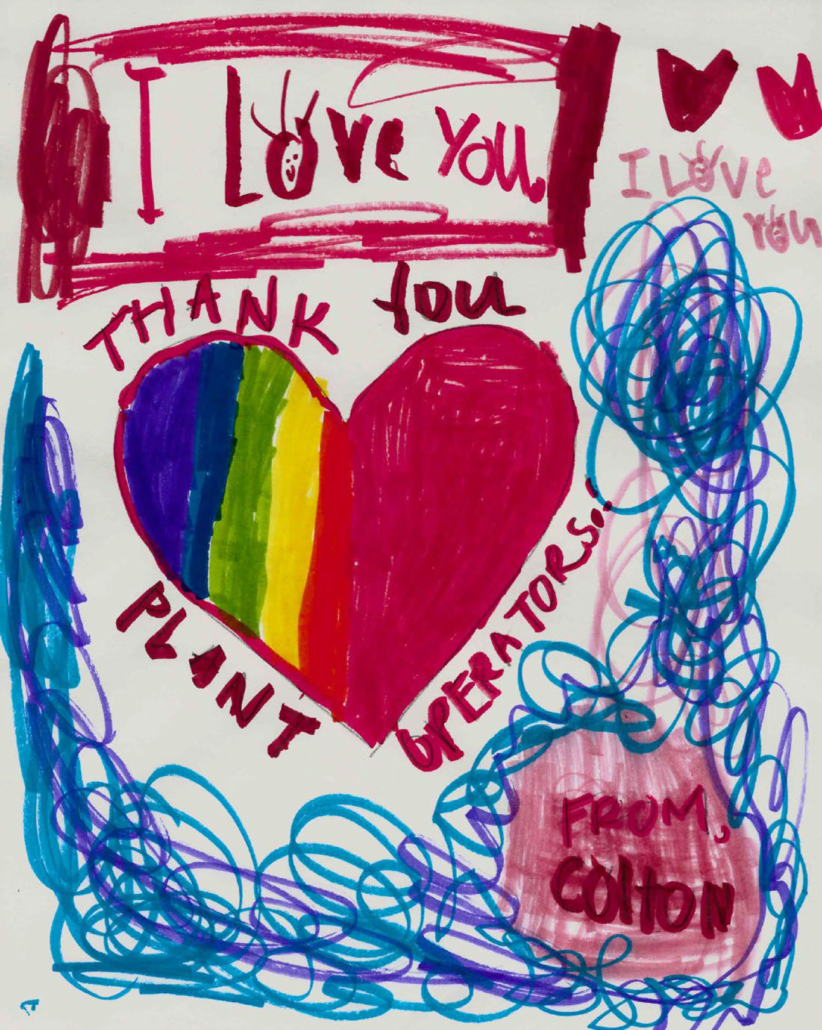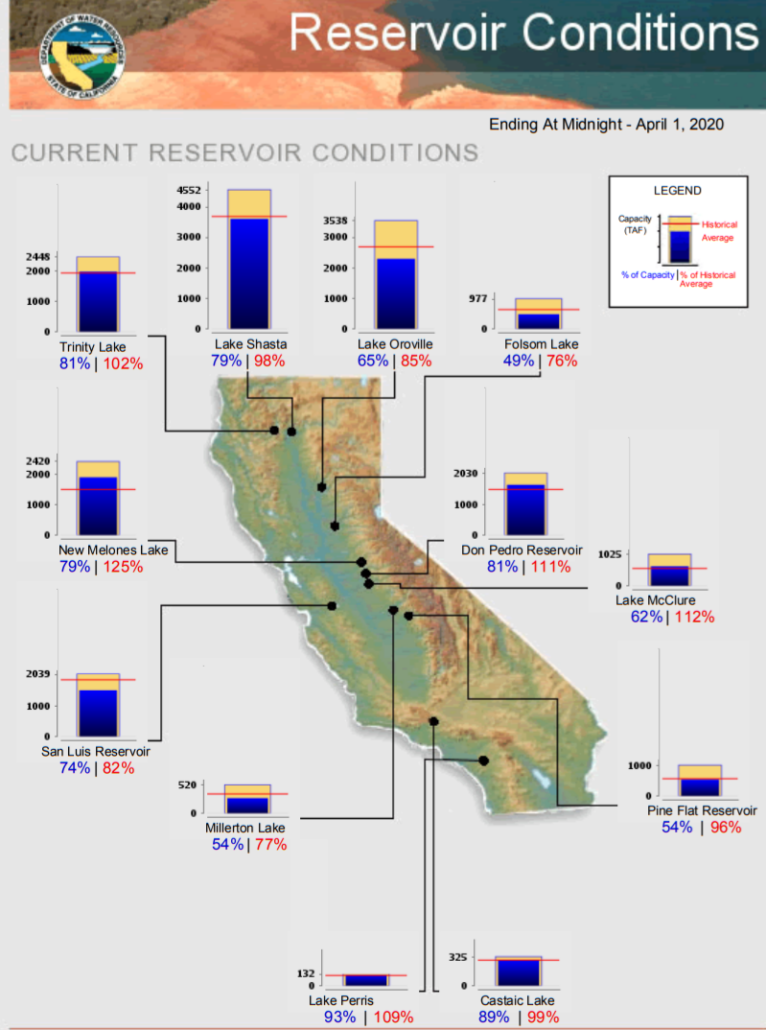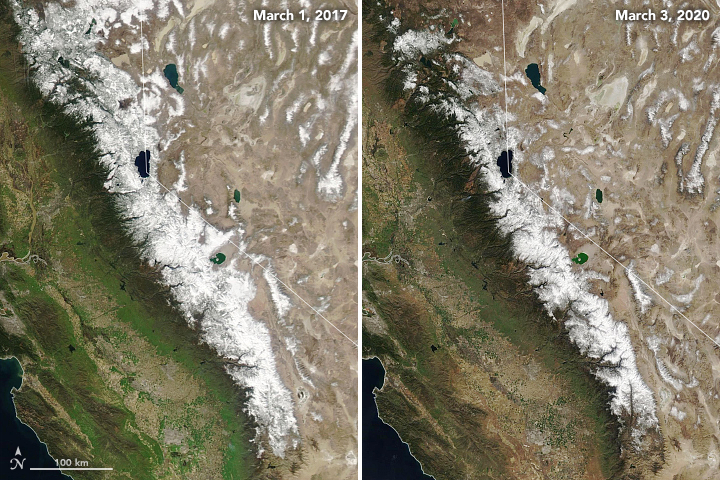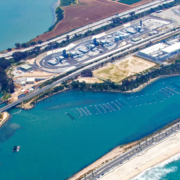Utility Workers, the Forgotten Heroes of this Pandemic
We’re grateful for nurses, doctors, physician assistants, respiratory therapists and so many others in the medical field. We’re also grateful for people who work in grocery stores, the restaurants delivering and offering curbside food, and all the delivery workers bringing packages to those of us self-quarantining or social distancing at home. When sending up thanks for all these people, many of us forget another critical job that must go on during the COVID-19 pandemic: utility workers who keep our water clean and flowing and our lights — and laptops — on.
How utility workers are doing their jobs in a much different world
Austin Energy is one utility that agreed to speak with 3p. We reached out to the company to find out what it had instituted in the face of COVID-19. The utility activated an Incident Command System at the beginning of March and formed a “Pandemic Planning Team” that meets virtually every day. Almost 70 percent of AE’s staff are teleworking and the rest, including line workers and some call center staff, have to report to job sites as essential personnel. Those essential workers have a daily temperature screening, observe social distancing where possible, and sanitize equipment regularly. Fortunately for these workers, so far Austin is not a hot spot.
The same cannot be said for New York City, the epicenter of the coronavirus outbreak in the U.S. Utility workers there face a starker reality. As of publication, Con Edison, the utility serving the city, has 170 confirmed cases and three deaths with about half of its personnel working remotely. Likewise, throughout the state, utilities are feeling the pressure.
For example, the New York Independent System Operator (NYISO), the grid operator for New York state, has some essential staff living at control centers outside Albany in response to the shelter-in-place guidance at operation hubs from the U.S. Department of Homeland Security. Likewise, 200 National Grid personnel are living on-site and will be replaced by a second set of 200 after a month, continuing to cycle as long as necessary.
Water utilities face the same hurdles, as well as additional challenges. There are a lot more water utilities across the country than electric utilities, and many of them are very small, some with staff in the single digits. Further, some utilities have to deal with keeping water systems going when people are flushing disinfecting wipes down the toilet, clogging up sewer lines. As with the case of the power generation sector, utility workers who staff water systems across the U.S. are also sheltering in place to ensure continued, reliable service.

